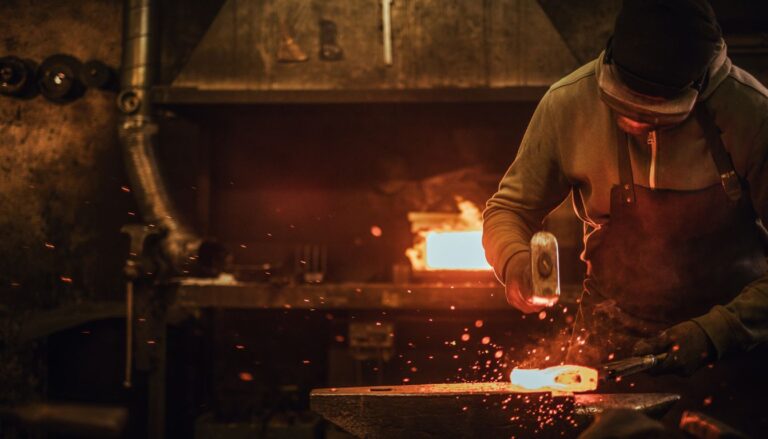Rocoto Relleno, Arequipa Peru
In the shadow of mighty volcanoes, where ancient stones whisper tales of Inca heritage, Arequipa’s signature dish burns bright with the fire of tradition. Rocoto Relleno, a masterfully stuffed pepper creation, mirrors the passionate spirit of Peru’s White City. Like the volcanic sillar stone that builds Arequipa’s elaborate colonial architecture, this dish stands as a testament to the region’s fiery culinary heritage and innovative spirit.
Table of Contents
Origins and History
The story of Rocoto Relleno is deeply intertwined with Arequipa’s rich cultural tapestry, dating back to the pre-Hispanic era. The rocoto pepper, native to the Andes Mountains, has been cultivated since ancient times at altitudes between 500 and 3,000 meters.
Historical evolution:
- Pre-Columbian origins of rocoto cultivation
- Colonial period adaptation of European stuffing techniques
- Integration of native and Spanish ingredients
- Evolution into Arequipa’s flagship dish by the 19th century
The dish gained prominence during the colonial period when local cooks began incorporating:
- Spanish cooking methods
- Andean ingredients
- Creole culinary techniques
- Traditional preservation methods
Cultural Significance
In Arequipa’s social fabric, Rocoto Relleno represents:
- Regional pride and identity
- Family traditions and gatherings
- Picanterías culture (traditional restaurants)
- Culinary resilience and innovation
The dish serves as:
- A symbol of Arequipeño heritage
- Centerpiece of Sunday family meals
- Essential element in local festivities
- Source of regional culinary pride
Ingredients and Preparation
The artistry of Rocoto Relleno lies in balancing heat with flavor through careful preparation.
Main Components:
- Fresh rocoto peppers
- Ground beef or sirloin
- Local fresh cheese
- Eggs
- Milk
- Potatoes
- Regional spices
Traditional Spices and Seasonings:
- Ground cumin
- Ground oregano
- Ground black pepper
- Garlic
- Onions
- Salt
Preparation process:
- Pepper Preparation:
- Deseeding rocotos carefully
- Soaking in salted water
- Multiple water changes to moderate heat
- Maintaining pepper structure
- Filling Creation:
- Sautéing ground meat with spices
- Incorporating local cheese
- Adding regional seasonings
- Achieving proper texture
- Assembly and Cooking:
- Stuffing prepared peppers
- Adding cheese topping
- Baking until golden
- Garnishing traditionally
Where to Try It
Notable Establishments
- La Nueva Palomino: Historic picantería with traditional recipe
- El Viñedo: Famous for balanced spice levels
- La Benita: Authentic family-style preparation
Neighborhood Recommendations
- San Lázaro: Historic district with traditional picanterías
- Yanahuara: Scenic venues with volcano views
- Historic Center: Colonial-era restaurants
Eating Etiquette and Customs
Understanding local dining customs enhances the experience:
Traditional Practices:
- Served as a main course for lunch
- Accompanied by rustic bread
- Often paired with chicha (corn beverage)
- Eaten with proper utensils
Cultural Considerations:
- Lunch is the main meal
- Sharing dishes is common
- Appreciation of spice levels
- Taking time to enjoy the meal
Seasonal Considerations
While available year-round, experiences vary by season:
Dry Season (April-November):
- Peak harvest for rocotos
- Outdoor dining popular
- Festival celebrations
- Best time for picantería visits
Wet Season (December-March):
- Cozy indoor dining
- Heartier preparations
- Warming comfort food
- Traditional holiday variations
Modern Interpretations
While respecting tradition, contemporary adaptations include:
- Vegetarian filling options
- Controlled spice levels
- Fusion presentations
- Gourmet variations
Practical Information and Travel Tips
Essential information for enjoying Rocoto Relleno in Arequipa:
Timing and Costs:
- Best times: 12:00 PM – 3:00 PM
- Average cost: 15-30 PEN ($4-8 USD)
- Traditional picanterías close early
Location Tips:
- Historic center locations most accessible
- Reservations recommended for famous picanterías
- Some venues closed on Mondays
Health Considerations:
- Start with milder versions if spice-sensitive
- Altitude can affect tolerance
- Stay hydrated when eating spicy food
- Consider morning tastings for better digestion
Making Your Rocoto Relleno Journey Memorable
Embrace Arequipa’s spicy heritage by dining in historic picanterías, learning about pepper cultivation, and sharing meals with locals. Visit the San Camilo Market to see fresh rocotos and ingredients, and remember that each bite connects you to centuries of Andean culinary mastery in the shadow of volcanoes.













